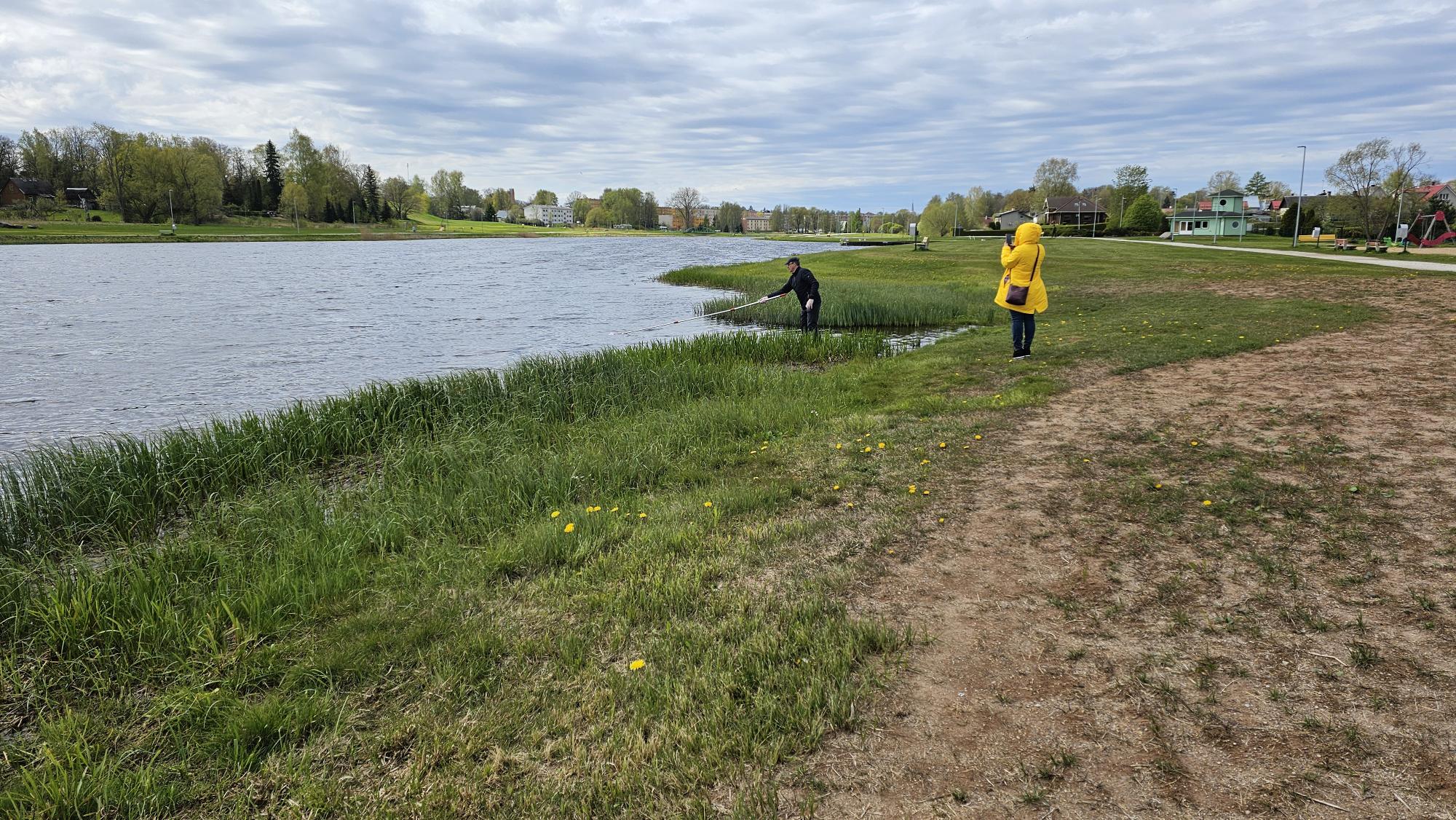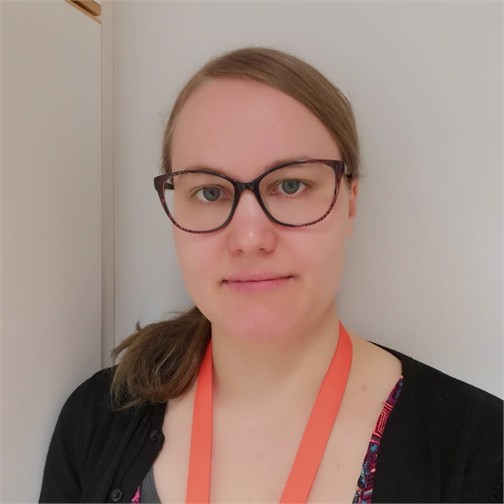Reducing pollution in the Baltic Sea through international collaboration


About half of the pollution that enters the Baltic Sea is diffuse pollution, the source of which is difficult to trace. Diffuse pollution comes from urban areas, agriculture, and forestry, among others. We are testing an operational model for reducing diffuse pollution in four different countries in a project coordinated by Häme University of Applied Sciences (HAMK). In practice, different pilot areas in different countries offer a variety of viewpoints for consideration, which enriches the development of the operational model.
The WaterShed Safety Plan (WSSP) helps municipalities, water utilities, and related stakeholders control diffuse pollution cost-effectively. The first phase of the operational model is a risk assessment that includes data collection, identification of risk factors, and creation of risk maps.
We tested the risk assessment in six pilot areas that are located in in densely built areas as well as sparsely populated agricultural and forestry areas in Finland, Sweden, Estonia, and Latvia. Pilot areas in four different countries offer a variety of viewpoints for consideration. We had many fruitful discussions with the project partners about risk factors, for instance. Risk factors are for example the number of impermeable surfaces, typical nutrient load, and the number of actors per area in selected land use areas. The challenge is to develop a risk assessment that is simple to use and reliable.
It has been rewarding to work with an international team of experts to further develop the WSSP operating model so that it is also better suited to agricultural and forestry areas and other countries in the central Baltic Sea region.
Josefiina Ruponen, Project Manager of WSSP project
The first version of the WSSP was aimed at urban areas and it was developed in the HULVATTU project coordinated by HAMK. It was tested in Southern Finland in Hämeenlinna, Forssa, and Pirkkala. Long-term work is crucial when the goal is to develop a generally applicable operational model for water management.
What it’s about
Watershed Safety Plan for controlling diffuse pollution (WSSP) project
- Duration: 1.5.2024-31.10.2027
- Co-funded by the Interreg Central Baltic 2021-2027 programme of the European Union
Contact:
